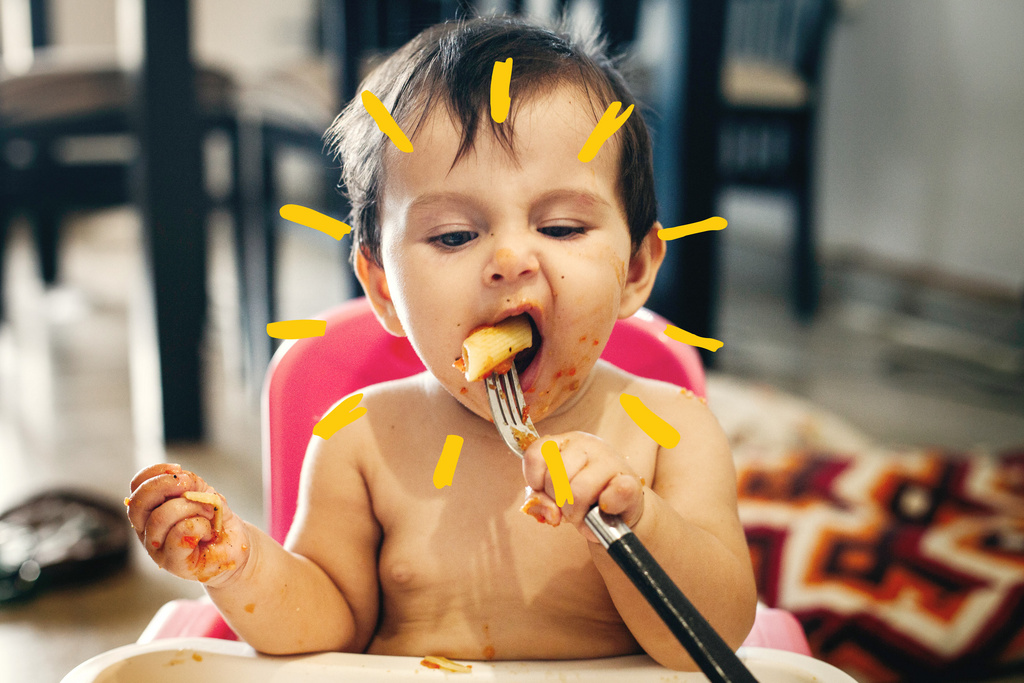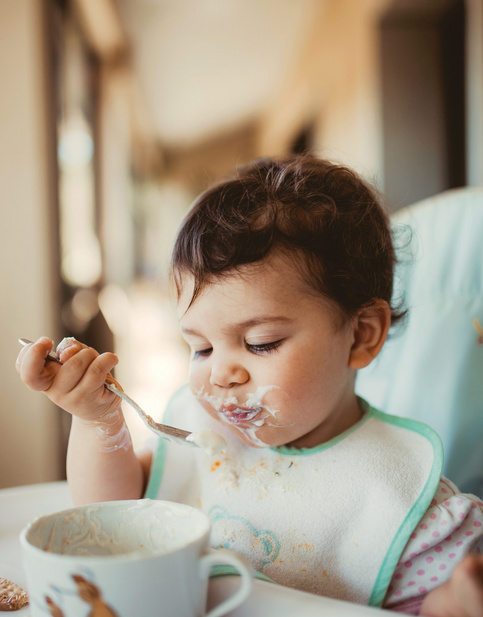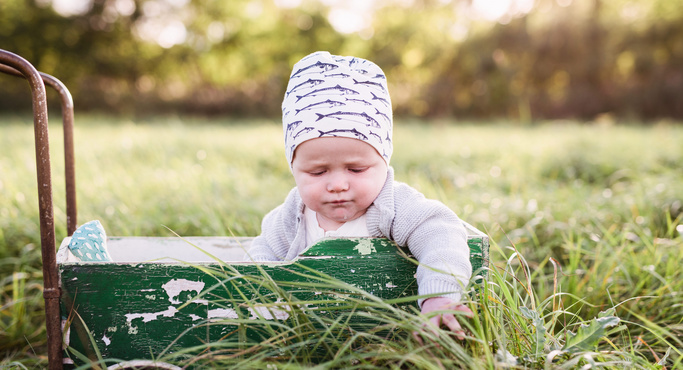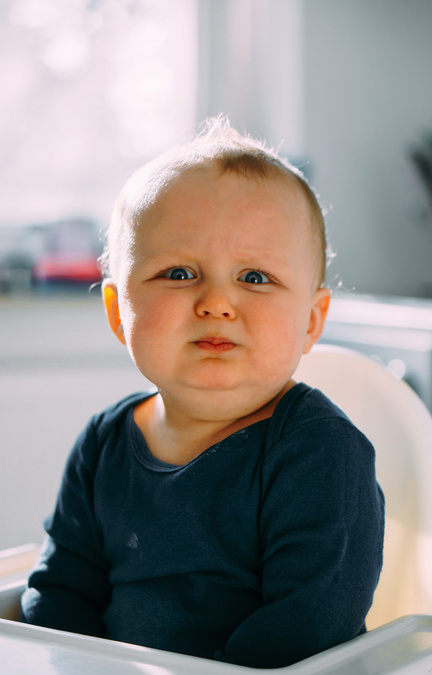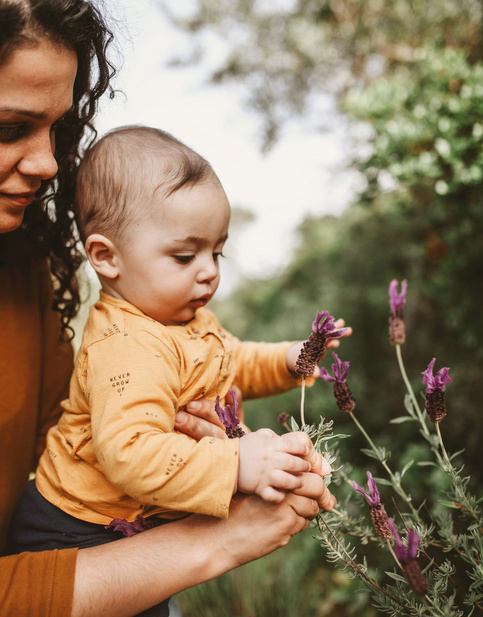Սկսեք հավելյալ սննդի մեկ բաղադրիչից և թույլ տվեք, որ երեխան աստիճանաբար ընտելանա դրան: Լավ գաղափար է սկսել բանջարեղենի խյուս պատրաստելով, քանի որ երեխաների մեծամասնությանը դա դուր է գալիս, և այն շատ հեշտ է մարսվում:
Եթե առաջին բաղադրիչով կերակրելը 2-3 օր լավ է ընթանում, ապա որպես երկրորդ բաղադրիչ կարող եք աստիճանաբար ավելացնել կարտոֆիլի պյուրե, իսկ ընտելանալուց հետո՝ մոտ 20-30 գ եփած պյուրե միս՝ որպես երրորդ բաղադրիչ: Մոտ 3-4 շաբաթ պինդ սննդամթերքի ներմուծումից հետո բանջարեղենի-կարտոֆիլի-մսային խյուսի ստանդարտ չափաբաժինը կկազմի մոտ 180-220 գ: Շարունակեք աստիճանաբար փոխել բաղադրիչները, քանի որ դա կխրախուսի ձեր երեխային բացվել նոր սննդի հանդեպ, երբ նա մեծանա: Հիշեք, որ առաջին մի քանի ամիսներին երեխաները դեռ նախապատվություն չեն տալիս շաքարավազին կամ աղին: Հետեւաբար, դուք պետք է խուսափեք այդպիսի հավելումներ պարունակող մթերքներից, ինչպիսիք են շաքարը, աղը, բուրավետիչները կամ համեմունքները:
Մոտ մեկ ամիս հետո կարող եք ևս մեկ կաթնային կերակրումը, ցանկալի է երեկոյան փոխարինել հացահատիկային շիլաով։ Երեկոյան հացահատիկային ընթրիքը կարող է շատ հագեցած լինել և միևնույն ժամանակ ապահովել հանգիստ քուն:
Երբ ձեր երեխան ընտելանա երեկոյան հացահատիկին, կարող եք կեսօրին առաջարկել առանց կաթնամթերքի հացահատիկ և մրգային խյուս:
Դուք պետք է շարունակեք լրացնել այս կերակուրները կրծքով կամ շշով կերակրելով: Ձեր երեխան կարող է անցնել ընտանեկան ճաշերին մոտ մեկ տարեկանից: Երբ դուք սկսեք նրան պինդ սնունդ տալ, ձեր երեխային լրացուցիչ ըմպելիքներ կպահանջվեն՝ կղանքը շատ չծանրացնելու համար:

